
Reverberations/Locations: working with place - an annotated interview with sound artist Erica La Casa.
by KRISTEN SHARP and Eric La Casa ERIC LA CASA
- View Kristen Sharp's Biography
Kristen Sharp is a Melbourne-based writer-researcher exploring urban contemporary art practices, with a focus on sound art.
Reverberations/Locations: working with place
- an annotated interview with sound artist Erica La Casa.
by Kristen Sharp[a] and Eric La Casa[b]
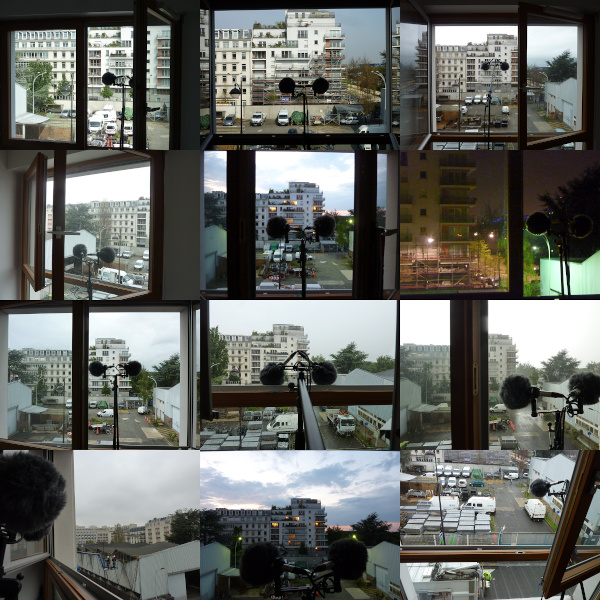
Figure 1: Eric La Casa from Paris Quotidien (2017)
This contribution is a playful and creative reflection and interview with French sound artist Eric La Casa about his work Paris Quotidien (2017). Paris Quotidien is a sound composition mapping a domestic environment in Paris over an expansive period of time. Rather than simply presenting a conventional interview, Reverberations/Locations seeks to experiment with a form of annotation to frame and discuss the creative process of interviewing as a “moving with” (Kontturi 2018, p.9) ideas and dialogue. At the same time, the interview approaches fieldwork as a practice that engages in a “moving with” place and a creative process in itself, rather than only being understood as a preliminary activity investigating site. That is, the process of making Paris Quotidien is a following, rather than a representation, of place. This interview examines Paris Quotidien as a process of enquiry that materialises the imagination through embodied encounters of place. Paris Quotidien responds to La Casa’s daily sonic experience of his immediate everyday environment in his apartment and surrounds, undertaken over a few years.
Eric La Casa, Les Saisons Du Bruit De Fond (Extract) from Paris Quotidien (2017)
Conducted in English through a series of emails, the interview (or more accurately interviews as there were numerous sporadic communications over time) follows multiple visits to the artist’s apartment in Paris where Paris Quotidien was recorded and composed. The interview is not focussed on the artwork (or sound work in this particular instance) as a final, singular product; rather, it is understood as being part of an expansive conversation about a creative process that the artist (Eric La Casa) is engaging through series of generative works arising from encounters with everyday environments. The interviews occur at different points in this process flow.
The annotations reveal the positions, analysis and reflections of both participants (interviewer and interviewee) to challenge conventional subject/object positions of authority. Reverberations/Locations approaches the interview as a dialogue. It is not always equal – the interviewer establishes the framework and questions, but it is equitable and it is a dialogue that moves to and fro. The questions are generated from the artist’s sound work and his own writing. In this way, the interview is challenged as a singular point or source of specific insight into the work. In the same way, Paris Quotidien is revealed as a “relational doing” (Kontturi 2018, p. 10) with place.
Writing about and discussing creative practice is a way of “interceding with art” (Kontturi 2018, p. 10) which expands and transmits ideas to the reader/listener in ways that still connect the interview and/or sound work to the process of its making. The interview is not seeking to understand the sound work at a distance, but rather it is a creative action that is part of a processual meaning-making process. The annotations follow the interview by moving in and out of what is articulated in the conversation through additional questions or frames of references – these are further ideas and reflections often inserted months later as the questions and answers are revisited. The annotations also invite the reader of Reverberations/Locations (and listener of Paris Quotidien) into the conversation by bringing their own ideas and frames of reference. This is explicitly activated through a movement back and forth from the annotations, which sit alongside and within the text, to the interview. The intention is a political gesture, a struggle, to move away from the understanding of the interview text as an authoritative and singular voice that reveals, and rather to understand it as a movement with evolving ideas that direct, misdirect, suggest and emerge over time (Campbell 2014, p. 87). By using annotations to articulate the different positionings and reference points, the text becomes part of a set of relations with broader ideas, with the sound works, place and the artist, rather than just an explanation or interpretation.
The creative process of making Paris Quotidien challenges the hierarchical distinction between fieldwork as a preliminary point of collection or immersion in a data space and creative outcomes that are understood as an interpretation and representation of that experience. The interview with the artist reveals fieldwork as a creative form of processual knowledge (Janowski and Ingold 2012; Ingold 2017) and a critical experience in the emergent materialising of imagination. Anthropologist Judith Okley argues that fieldwork is not something that is “conducted” but rather “experienced” (Okley 2012). That is, the act of gathering, selecting, composing and presenting is a continual, generative and porous process which is experienced and marked through the embodied encounter of listening with place.
This interview emerges from my broader research into artistic encounters and representations of place in exhibitions and artworks (Hjorth et al. 2016; Sharp 2017). Through a series of interviews with sound and visual artists, I examine the material actions and methods of fieldwork and post-production and considers these as part of a "processual action" (Hjorth et al. 2016), an open space of collaboration between artist/audience, place and artwork. Drawing on human geography and anthropology, the research proposes a re-consideration of fieldwork and art as not only representations of place but as part of an active process of being in place and becoming.
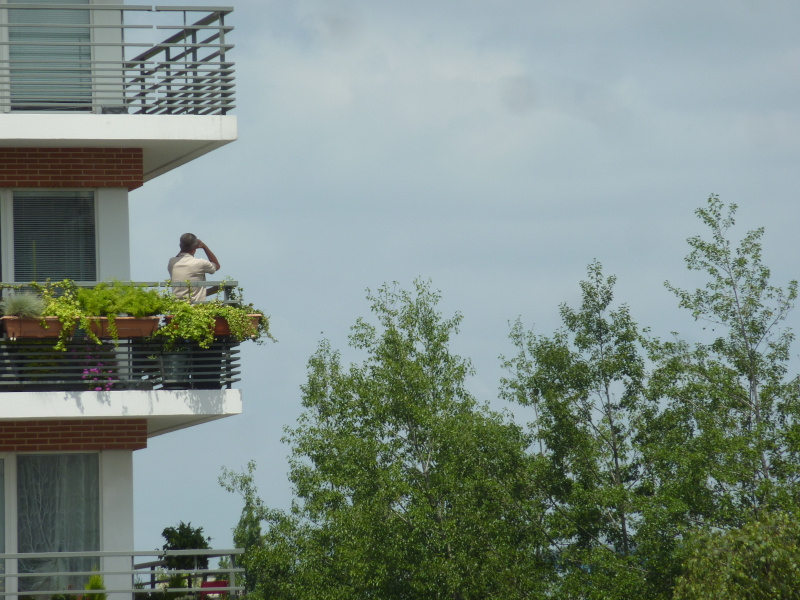
Figure 2: Eric La Casa from Paris Quotidien (2017)
Le 26/04/2018 à 01:39, Kristen Sharp a écrit:
> Hi Eric
>
> I am interested in how fieldwork[c] is part of the shaping of your creative
> production and in understanding what it means to be 'in place' [d]while doing fieldwork, composing and producing resolved works.
>
>
How does working in a familiar domestic location for Paris Quotidian (2017)[e] shape the way that you approached recording and composition?
Eric La Casa, Les Evenements Exterieurs (Extract) from Paris Quotidien (2017)
--------- usually field recordists don't work into their private spaces.
This is why they are named "field recordists". In my mind I always had
difficulties in using this term because this concept of field seems to
define/categorise my work into a limited space/categorisation. I feel
like I am more a sound artist using the recording as a recordist "working in the field". Probably the concept of the field is unclear and has different
interpretation.
My familiarity with the site and of course my apartment defined a new
approach in my work. This was not the first time I recorded at home. But this was the first project that my home was the subject. In fact, the project started from outside: my sound environment from my windows. The apartment is
implicit. Slowly my own space will appear...
but let's continue …
I must add I like working in domestic spaces - for example I developed
another project called HOME with Jean-Luc Guionnet[1] about how an inhabitant listens to music at home.
I must also add my home is not my apartment because I am renting it (I
am not the owner). I can study this space as my domestic space but also as a
prototype of space: a show home! Of course, this is obviously my
private space but in a way, I know this is not totally my space. And I can develop different kind of attitudes with it. This means I can change my way to listen to it: from private to public.
The limit of my project was the family life. My project was not an
anthropological study of my family ... this would be another level of
this sound project.
I also want to add that I enjoy working on the following idea: when
everything seems obvious or familiar, I always think complexity is in
there. Nothing is simple. When you start to be aware of a space, a
context, a site, this reality appears more complex than familiar. I
would not say "familiar" becomes "strange[f][g]". It becomes complex because the reality of our world can be easy to feel but very hard to describe and to analyse. When you listen, you feel and analyse (measure) at the same time...
>
>
You mentioned in the cover notes for Paris Quotidien that you wanted to focus on 'normal listening'. Can you talk about what equipment and methods you used to achieve this?
----------I didn't develop any change in my daily listening and the
microphones try to follow this idea. Most of the recording are similar to
a normal listening [g]- as if you would have the same listening if you were
there and I didn't use any sound effect/treatment.
>
> Mainly I use a couple of condenser microphones (ORTF) made by a french sound engineer. Then some contact mics and magnetic sensors.
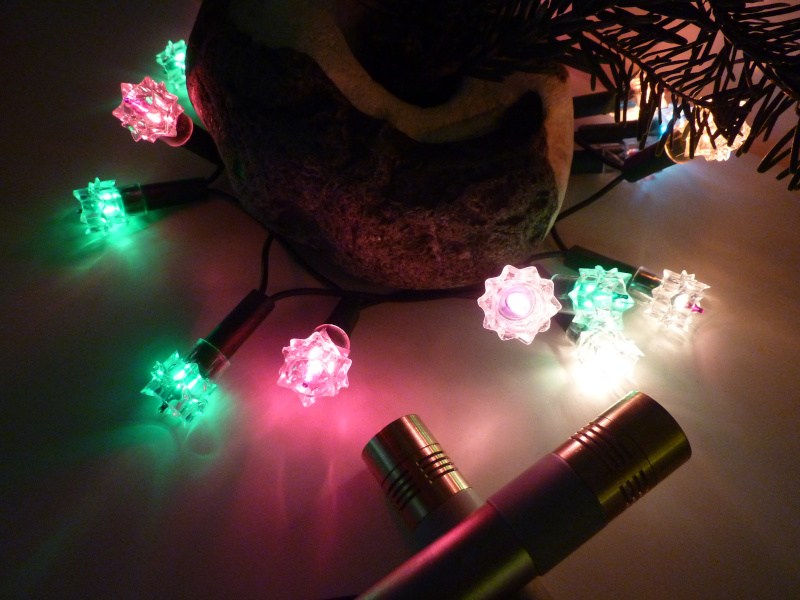 Figure 3: Eric La Casa from Paris Quotidien (2017)
Figure 3: Eric La Casa from Paris Quotidien (2017)
You also mentioned in your notes that undertaking the project changed your definition of your living environment – can you talk about the relationship with the familiar and how it may have impacted on your current living situation?[h]
------- it changed my position. I was a "classic" inhabitant and I became a listener. Do you remember what happens to Jeff Jefferies (James Stewart) in Rear Window?[2] [i][k]Of course, I didn't spend all my time at my windows... But in a way when I was in my apartment, I was able to become a listener at any time/ according to the events or my mood...
>
>
In Paris Quotidien you compose the work in the same location as you recorded in. Does this have any impact on the final composition?
----------- This is the ideal way to compose. As a painter working in a landscape. You can constantly be informed by the real ... constantly adjust your listening ... your mixing. You can also play with your mixing of the surroundings...
>
>
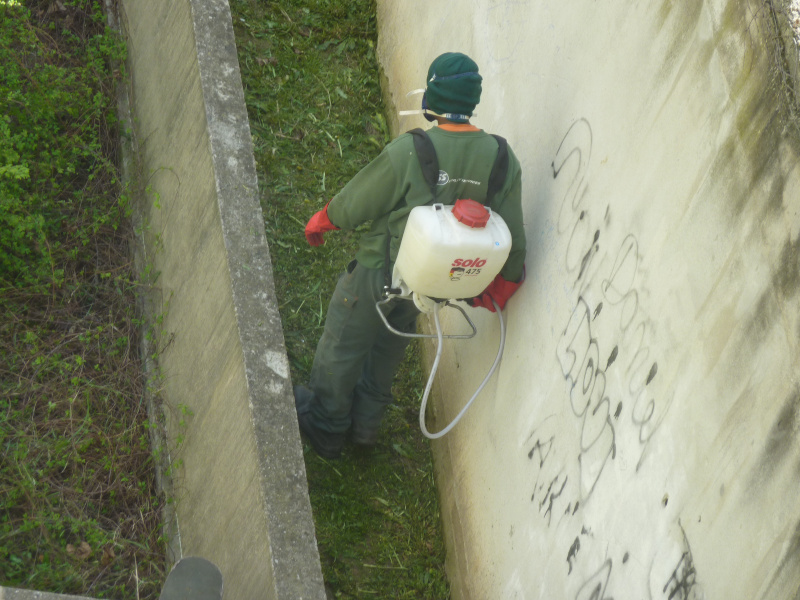 Figure 4: Eric La Casa from Paris Quotidien (2017)
Figure 4: Eric La Casa from Paris Quotidien (2017)
How long did the recording take? For example, did you record and compose at the same time?[j]
-------- in fact recordings and mixing are two separate periods. I
started recording in January 2013 ... for a theoretical period of one
year. But finally after one year I thought about all what I missed or
wanted to complete ... I continue my recording during all of 2014 and
decided at the end to make a radio project during spring 2015. So I made
recordings until March 2015 and start to list and catalogue my sounds from
late 2014 - to prepare the future projects.
I did my radio play "Habiter"[3] in Spring 2015 and after that I started thinking about composition - how to present this work in a short documentary/sound composition. And I guess I started mixing in late 2015 early 2016 ... and the process has lasted all 2016.
And then in 2017 I continue with a new specific idea about my apartment.
I was invited to present a new work for a concert. And I only worked
with recordings from my apartment - making new recordings of electrical
objects and a calibration of all rooms (one minute of each space with
the name). And an eight-channel work was created for a concert space.
>
>
Was the time span for the recording an unusual amount of time for you?
------"unusual" is probably an interesting word to start this conversation. You said unusual which means that norms are used to define
a normal duration ... a standard. My work would be not possible in the
classic standard of production (even art production). You can enlarge
this concept to many domains (first I am thinking to research). It seems
capitalism is producing this new time stretching... Only start-ups, small
companies/enterprises are really innovative. Public researchers are less
engaged in long processes because funding is progressively reduced. I
had this discussion with different people in several non-artistic domains
(university, laboratories...). They had the same conclusions. Public funding is being replaced by private money, but that money is invested in profitable
programs... and the researchers are left to small start-ups to fund projects ... which will be bought by big companies if profit comes.
So, you are right I did something which is in opposition with the global
capitalism... And nobody can pay me for that according to our economic
model. I only spent time to stay listening to my sound environment for an
artistic research. I didn't think about that ...
>
>
Who are some of your influences?
------------ I can't say precisely what works influenced me for this
specific project Paris Quotidien but yes, many things informed me. For
example, I did a work with anthropologists for two years (2007-2009) ... to understand what made culture in two specific territories (suburbs) of Paris, Rayonnements. [4]
Another influence, I am interested in documentary film. 15 year ago, a Russian filmmaker Victor Kossakovsky made "Tishe!" (2003),[5] filming one year from his window.
I enjoy the works of Stéphane Breton, film maker and anthropologist, his series in New Guinea.[k][6]
There are so many examples of people who spend/spent time to create
something: mathematicians, writers or sportspeople who prepare themselves
during 4 years for the Olympic games... and so on
Time is always something important when you are working ... That is
probably the main parameter. I don't think you can resolve this equation (time/work) with money. Capitalism is trying to accelerate the processes of making but not of thinking[l]. Maybe Artificial Intelligence is our future to reduce this time... but I believe in the serendipity as a major engine of the creation.
>
>
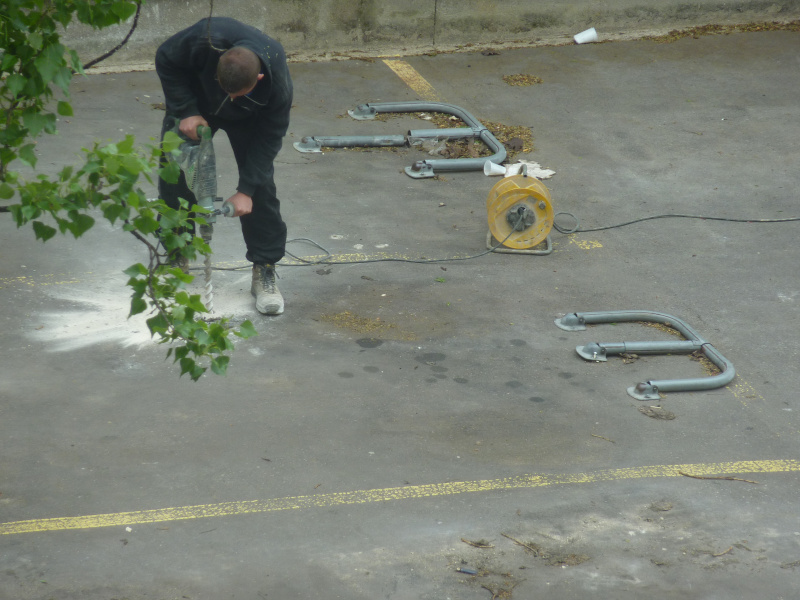
Figure 5 Eric La Casa from Paris Quotidien (2017)
You mentioned that the process of recording was spontaneous, and you did not install microphones permanently in a site. Did you record every day? Prior to starting the project, you mention the two sound fields (background and events) that drew your attention. I am interested in how your sense of what you wanted to focus on may have changed or developed through the process of making the recordings.
--------- you are right ... spontaneously. No calculation.
When I was available and at home, I was listening and sometimes
recording. No need to record permanently. This was not a scientific
measurement, or a scientific study but this was a "normal" listening:
any inhabitant can do it.
First, I was focused on the background noise (with no event...) for very
aesthetic reasons (a conceptual research of an abstract daily life) and
then I enlarge my listening to all the events of the days / of my
building. Because the environment was always changing ... with the
seasons, the weekly activities/events in my building, ... Yes, I moved
from a very conceptual sound project to sound documentation.
Documentation was not my concern. But I was stimulated by the idea of an abstract reality and to confront this idea with a more conventional reality - made by evidences and proofs. I didn't mix the two sound territories: abstract and concrete sounds. And finally, I don't know what reality is[m].
Maybe this is why I am now working on the human perception of Inaudible
sounds for my new radio program. To understand how reality is bounded by
our human perception. Reality is a philosophical concept to insure and
describe the world as stable, and touchable/tangible ... As Clément Rosset, the French philosopher said the reality is necessary or not. When do we consider reality as sufficient? Probably with Paris Quotidien I touch to all these questions... this is why I feel the work still in process and in progress... And this CD is only a variation/step to introduce all these questions.
Back to the question of the time, I would add that the questions are
solid as much as the process is long.
>
>
Eric La Casa, Le Monde Interieur (Extract) from Paris Quotidien (2017)
Annotations
[a]BIO: Kristen Sharp is a Melbourne-based writer-researcher exploring urban contemporary art practices, with a focus on sound art.
[b]BIO: Eric La Casa. Depuis 25 ans, je développe une pensée de l’écoute de l'infra-ordinaire (milieu de basse intensité), du bruit de fond à l’inaudible en passant par l’attente, à la fois dans ma pratique d’enregistrement de terrain et dans ma création de studio.
Je sonde dans le quotidien la puissance phénoménologique du réel. De même que la carte stimule la lecture d'un pays, l'écoute renouvelle notre relation à l’espace et au temps.
For 25 years, while listening to the environment, I have been questioning the perception of reality and has tried to expand the notion of infra-ordinary (milieu at low intensity), from background noise to the inaudible passing by the wait.
As a result of my in-situ listening processes, I explore the phenomenological power of reality in everyday life. In the same way that the map stimulates a country’s reading, the in situ aesthetic object renews our relationship to space and time.
[c]Fieldwork is understood here not as a discrete activity distinct from composing and producing. Rather, it is considered as a vital part of creative practice. Following anthropologist Tim Ingold (2012: 3), it is a way of creatively being in the world through perception and action. Fieldwork materialises the imagination through embodied encounters with place. It is a critical experience in the 'becoming' (Deleuze and Guattari 1995) of the imagination. This interview with the French sound artist seeks to understand the creative strategies employed in fieldwork as a form of knowledge making that does not pre-exist the resolved production of works, but rather can be understood as a coming into being that is critical to the act of creation and the emergent imagination.
Deleuze, G and Guattari, F. (2000). A thousand plateaus: Capitalism and schizophrenia. University of Minnesota.
Ingold, T. (2012). Introduction. In Imagining Landscapes: Past, Present and Future, 1-18. Ashgate Publishing.
[d]Anthropologist Tim Ingold (2012) argues that place is not a pre-existing thing waiting to be revealed [by anthropologists or artists]; rather, place is actively formed through the imagination. The imagination is a way of creatively being in the world and participating in the environment through perception and action: making, thinking and being in the field (Ingold 2005).
Ingold, T. 2012. Introduction. In M. Janowski and T. Ingold, Imagining landscapes: Past, present and future, 1-18. Ashgate Publishing.
Ingold, T. (2005). The eye of the storm: Visual perception and the weather. Visual Studies, 20(2). 97-104.
[e]Paris Quotidien by Eric La Casa began with the question, 'In contrast to a virtual address (email...), what is the significance of living here at this address, in this this building, said to relate to my existence, to my life, in this time of listening'
La Casa offers listeners a daily sonic experience of his immediate environment of his apartment near La Villette Park, Paris. He wanted to listen not as a 'passerby' or as a 'visitor' but rather as a resident: the listening of an inhabitant. Without relying on additional amplification or effects he created a method to listen to the punctuations of space - a spatial composition of place. A pair of microphones were positioned so as to be as close as possible to human listing and audible perceptions of ground/air noise. Importantly, the microphones could easily be repositioned according to the sounds that took La Casa's attention. The work engages with the different noise levels at different times of the say and year and the movements through the spaces.
La Casa, E. (2017). Inhabiting: A story of an ordinary environment. In Paris Quotidien. Swarming.
[f]Once you suspend associative listening the usual norms of identification are subverted to open new perceptual awareness of everyday life, where all sounds are expressive of unique signifiers and interactions.
Eric La Casa: As I worked with anthropologists I would say that “Familiar” is the basic stratus of our daily life. Hearing my direct environment (my surrounding) I consider its soundscape as a classic or an ordinary rumour of Paris. But this banal soundscape is only my first level of perception. This sounds like a city, and probably Paris. Then when I start to carefully listen to this landscape, I change the level of my perception and distinguish many details (as I can do with any artwork), many variations, changes, etc. I use the word Strange because these recorded events become specific forms, motifs which can be identified as unique or rare (and finally unreal if you compare with the ordinary soundscape which is heard by the inhabitants). If I try to find an analogy: you are living in a room with a white wallpaper, and suddenly you discover that it is made with many layers of cotton and motifs. Everyday you only see the white color and forget it.
[g]‘Normal’ listening is associative – people are identifying the source of sounds, particularly when it is unknown and perceived as hazardous or a threat. We pay attention to the unusual. When we are acculturated to our acoustic environment, we tend not to react to expected soundscapes. This is how we manage psychoacoustical day to day because we cannot turn our ears off.
Sound Studies has been challenging conventional masculinist tropes of listening, which seek a mastery of understanding, through feminist methodologies; for example, Alexandra T. Vazquez’s (2013) emphasis on detail as a way to explore the interconnections between gender, music and diaspora. There is also a need to rethink how sound (including sound art) can understood and done: how it is researched, listened to and written about in ways that challenge static and singular assumptions and approaches to interpretation (Pinto 2016).
Pinto, S. (2016). Una escuela rara: Feminist methodologies, innovation, and the sound of What is to come in Diaspora Studies. Small Ax: A Journal of Criticism, 20(1), 175-84.
Vazquez, A. T. (2013). Listening in detail: Performances of Cuban music. Duke University Press.
[h]Fieldwork involves being in place through perception and action. The physical process of recording - moving equipment dealing with direct physical elements of heat, cold, wind or insect life (even in interior environments) all plays a significant role in shaping the practice of fieldwork. Recording becomes like a 'gesture' (Vergunst 2012), a way of knowing and being in an environment - and while it works through the internal mind/emotions it is actioned through the material encounters with place.
Vergunst, J. (2012). Seeing ruins: Imagined and visible landscapes in North-East Scotland. In M. Janowski and T. Ingold, Imagining landscapes: Past, present and future, 19-37. Ashgate Publishing.
[i]Eric La Casa: We can all become voyeurs on our way to being aware. I don’t like the word voyeur which is often negative: I rather prefer the word observer/listener. Of course, I feel close to Jefferies attention. Observing the outside world without any aim… I enjoy his way to stay at his window looking at the changes of his environment... with no purpose.
Then Jefferies starts using tools to increase his sight and records details. He collects many signs, and evidences, and starts to investigate his courtyard. This is another step in the film and in his perception. The process is still interesting: the changes of his awareness
[j]Composing does not need to be understood as something that happens after recording but as part of the process. The sound work is not a fixed representation or a 'slice of time' but rather an open field of encounter - a living space.
Sharp, K. (2017). Open Fields. In Super Field, exhibition catalogue, RMIT Design Hub, Melbourne, Australia.
[k]Eric La Casa: Breton’s work perfectly illustrates the double level of the perception: one as an inhabitant and one as a stranger/foreigner. In his series he takes time to show us all the social aspects of Papuans in their local context and at the same time to think to his relationship and so to his aim. And his commentaries become a powerful part. I mean that he is not only filming the life of one community (very subjective shots indeed), he becomes the epicentre of the project to deconstruct the idea of one reality. I enjoy this way to multiply different realities in one image. I guess we all live in a multilayer reality and this film is a very good example: using field recordings to think to reality. Then I also enjoy his voice, and his sensitivity (poetical and sometimes nonsensical) as a documentarist (we are so far from any naturalism).
[l]There have been challenges to the neo-liberal drivers of research and arts funding environments where productivity is measured against fast time frames through emphasis on the ‘slow’ time of thinking, analysing, creating and editing.
See: Mountz, A., Bonds, A., Mansfield, B., Loyd, J.M., Hyndman, J., Walton-Roberts, M., Basu, R., Whitson, R., Hawkins, R., Hamilton, T., and Curran, W. (2015). For slow scholarship: A feminist politics of resistance through collective action in the neoliberal university. In ACME: An International Journal for Critical Geographies, 14, 1235-1259.
[m]Eric La Casa: For me your question is linked to the one about time (what is the present ?). Reality is a representation (using my senses). My reality is first defined by my perceptions and then my knowledges: all the recorded experiences since I started living and the ones did by all the humans before me (using any kind of languages). Then Science informs me that many phenomena are out of my perception and determinate the dark part of the reality (“the dark matter”). In this way, my consciousness of so called “the real world” is creating me a specific reality. There is no absolute reality which waits you (but there is a collective story) as there is no unique reality (or time). I should make it and adjust it constantly to the human and common (official?) representation. And one important component of my representation: the change. The world is not static. It is not the wallpaper of our life. But it’s a network of moving events. And reality is determined by the changes produced by the events. For example, the reality of my childhood is not the same than my new day.
In other words, from my perspective, Reality is a landscape that everyone represents, from a state of the world in constant change.
Kristen: I think maybe intérieurs (2020) [La Casa’s latest CD] explores these ideas too?
Eric: ---- Absolutely. Intérieurs explores the multidimensional stratus of reality. And I try to be more focused on the intervals between two events. The liminality of the sounds (inside buildings) when nothing happens: in the dimensions of the infra-ordinary. As I explained recently: the space is full of events, but nothing is an event anymore. In the experience of the places, the event emerges from the improbable, at the edges of your perception, of your waiting. The world is constantly changing, and your best “tool” is the waiting. Through patience and attention, we all can notice liminal variations in our daily life.
These days, I am publishing another CD presenting 4 projects of installation made in Paris. And for example, I made a sound project (in 2016) with the [Georges] Perec’s book “tentative d’épuisement d’un lieu” (https://en.wikipedia.org/wiki/An_Attempt_at_Exhausting_a_Place_in_Paris). I enjoy this way of listing the events in a place between poetry and measurement. I tried to redo the experiences during three days … and made this installation
My next radio program is about the Pause (the break) in Japan. As I told you I am interested in the low value time and space to explore the city at its liminal level of experience. I also think that in these spaces you can touch to the infra-ordinary and its importance in our life.
Works cited
Hjorth, L. Pink, S. Sharp, K. and Williams, L. (2016). Screen ecologies: Art, media, and the environment in the Asia-Pacific region. MIT Press.
Kontturi K-K. (2018). Ways of following: Art, materiality, collaboration. Open Humanities Press.
La Casa, E. (2017). Paris Quotidien. Swarming.
Ingold, T. (2017). Correspondences. University of Aberdeen.
Janowski, M. and Ingold, T. (2012). Imagining landscapes. Ashgate.
Okley, J. (2012). Anthropological practice: Fieldwork and the ethnographic method. Berg.
Sharp, K. (2017). Listening to the city. In E. Grierson (ed.), Transformations: Art and the city. Intellect Books.
Footnotes
[1] Eric La Casa and Jean-Luc Guionnet (2014) Home: Handover, France: Potlatch.
[2] Hitchcock, A 1954 Rear Window Patron INC, USA.
[5] Viktor Kossakovsky (2003) Tische! [Hush!], Netherlands: Jan Vrijman/Germany: Robert Richter Distribution.
[6] Stéphane Breton Them and Me (Eux et moi, 63 min, 2001) and Heaven in a Garden (Le ciel dans un jardin, 62 min, 2003.

